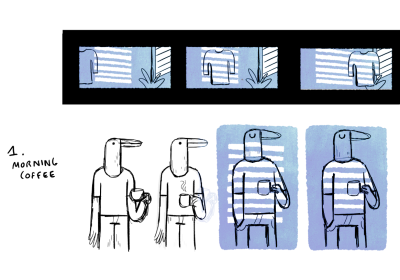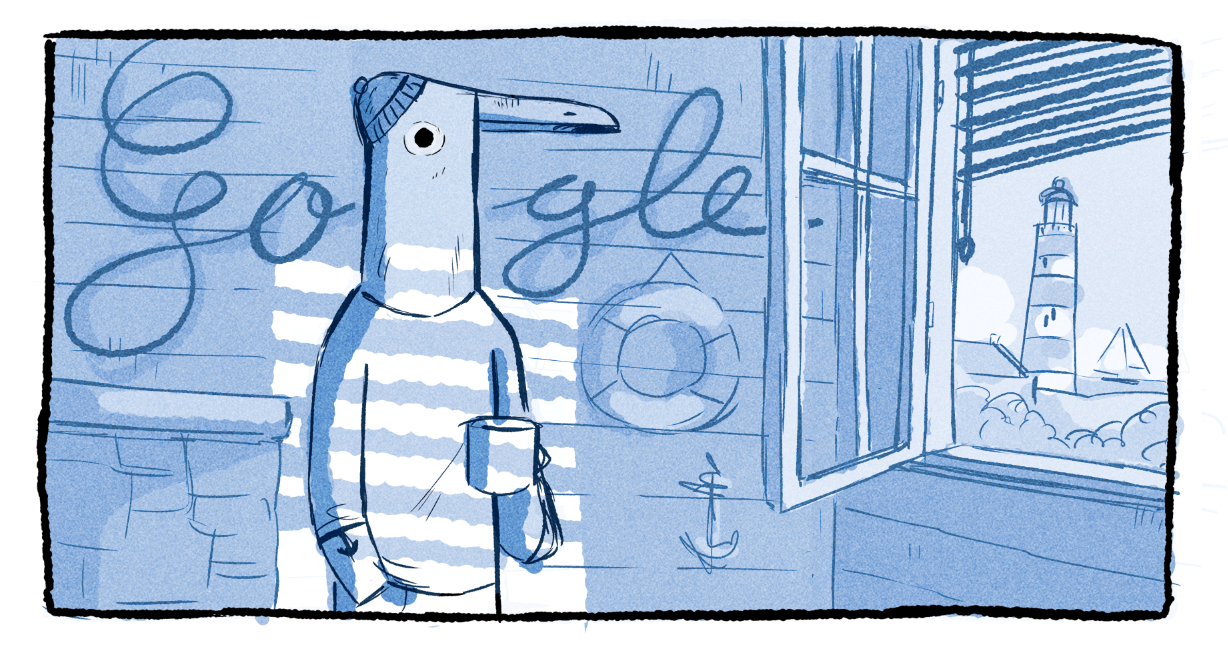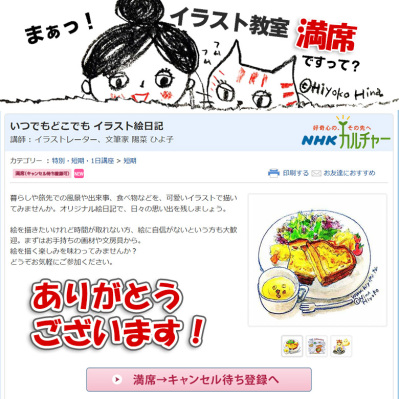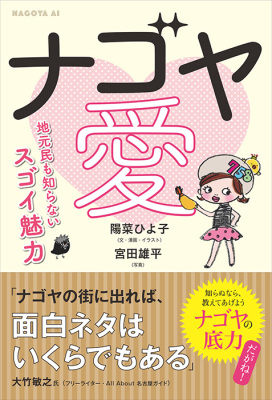update : 2020/03/03 Tue |
アート&クラフト 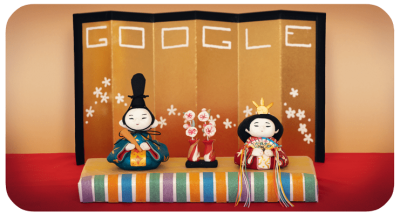 https://www.google.com/doodles/girls-day-2020
https://www.google.com/doodles/girls-day-2020
Today’s Doodle celebrates Japan’s Girls’ Day, also known as Doll’s Day or Hinamatsuri, an annual celebration of girls in Japan. On the third day of the third month every year, this centuries-old tradition is a time to get dolled up and honor the happiness and health of girls in Japan.
As the peach trees begin to blossom, many families set out ornate dolls dedicated to their young daughters. These dolls are believed to ward off evil spirits while bringing good fortune and prosperity. Some parents and children dress these figurines in the customary kimonos of the Heian Period (794-1185) and display them on tiered platforms with ceremonial red carpet.
The roots of this tradition began with elaborate arrays that are meant to represent a wedding procession of the Heian imperial court. Traditionally, dolls representing an Emperor and Empress—similar to those depicted in the Doodle artwork—sit at the top of these displays and are representative of their roles in Japanese history and culture. Below the Emperor and Empress dolls, also known as the obina (male doll) and mebina (female doll), are other decorative dolls that represent members of the Heian-era court.
In current times, the styles of the dolls displayed have evolved outside of solely representing the Heian time-period. But what has not changed over the years is their meaning. Regardless of the dolls’ new styles, they remain a representation of parents’ wishing for their children’s health and good luck.
The coastal city of Katsuura hosts one of the most dazzling Hinamatsuri celebrations, where residents decorate the town with over 30,000 dolls, the country’s largest Dolls’ Day display.
Happy Girls’ Day, Japan!
Behind-the-scenes photos of the Doodle’s creation process, with captions from Doodler Sophie Diao
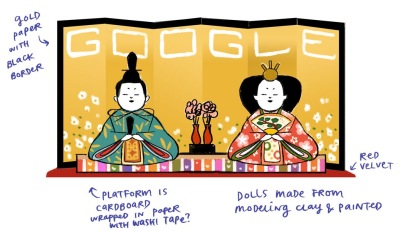
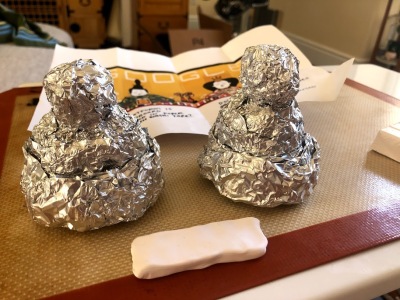
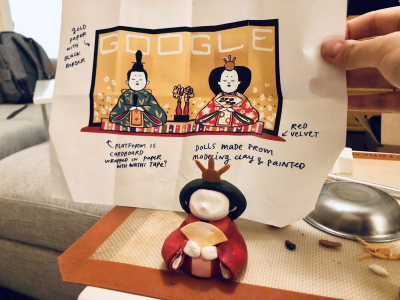

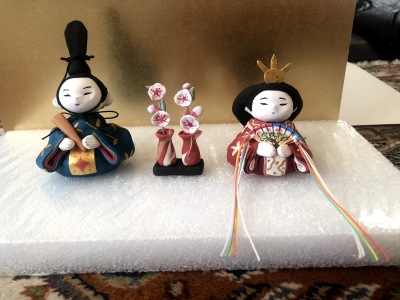
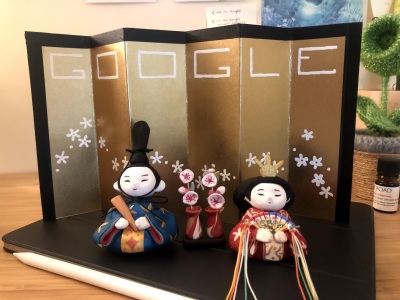

 #google
google "bird"
#google
google "bird"

